Foy, Colman or Staunton: which Queen Elizabeth II ruled The Crown?
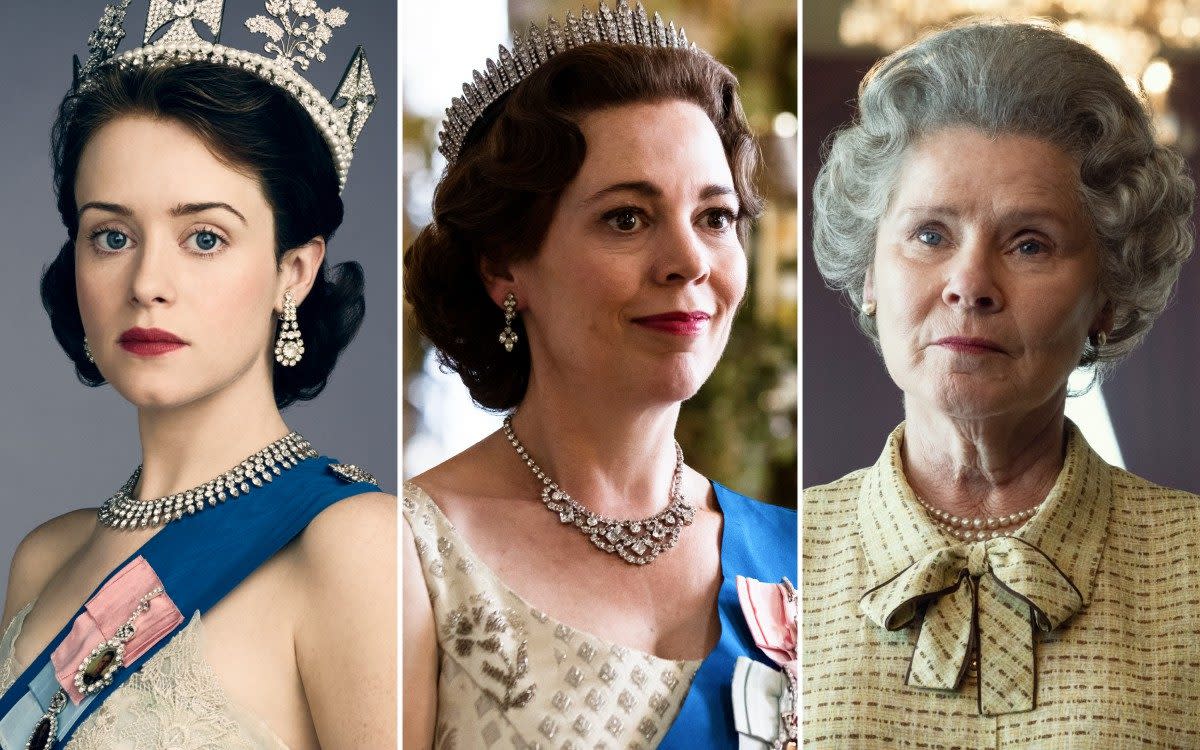
What do Claire Foy, Olivia Colman and Imelda Staunton have in common? In addition to the obvious truism that they are three of the most respected and beloved actresses working today – with awards between them that include an Oscar, five Baftas, four Golden Globes and many others besides – they have all played Queen Elizabeth II in the six series of The Crown, which has now arrived at its conclusion.
In the final episode, the three Queens are finally united onscreen, both in fanciful imagined scenes in which the characters discuss the pros and cons of the Queen abdicating around the time of Charles and Camilla’s wedding, and at the show’s close, as the three incarnations of Elizabeth II are all shown standing together in St George’s Chapel.
Over the course of the show, the trio have portrayed the character from the 21-year old Princess Elizabeth broadcasting to the Commonwealth in 1947, in the episode 48:1, to Staunton’s increasingly conflicted matriarch. Her pronouncements mirror this transformation: Claire Foy’s young Queen announces, “I declare before you all that my whole life whether it be long or short shall be devoted to your service and the service of our great imperial family to which we all belong”. While in that final episode, Peter Morgan has Staunton say, despondently, to her younger self: “But what about the life I put aside? What about the woman I put aside when I became Queen?”
Both Foy and Colman were nominated for countless awards for their performances, although Staunton’s less prominent incarnation of the monarch – overshadowed for most of the sixth season by Elizabeth Debicki’s uncanny work as Princess Diana and Ed McVey as a sad, angry Prince William – has been less lauded.
Yet all three have their strengths, and it is to their credit that the performances feel both entirely distinct from one another and of a piece with the late Queen, who remains a deeply beloved national figure, more than a year after her death. However, everyone will have their own preferences – so which of the three queens ended up being the best?
Claire Foy as young Elizabeth (1947-1964)
In many regards, Claire Foy had the hardest job of all three actresses when she took on the role of Queen Elizabeth in 2016 for the first two seasons of The Crown. Elizabeth II had been portrayed to Oscar-winning effect by Helen Mirren in Peter Morgan’s first look at the monarchy, 2006’s The Queen. And since then, the only attempt to depict the younger Elizabeth on screen had been in the light-hearted romp A Royal Night Out (2015), in which Sarah Gadon featured as the young princess escaping from Buckingham Palace on the night of VE Day for some fun and frolics. Therefore, Foy not only had to follow a legendary actress in the role, but also dispel any idea of the then-living Queen as a figure who was as familiar to the nation as Buckingham Palace itself; in other words, she had to make the younger monarch come alive afresh.
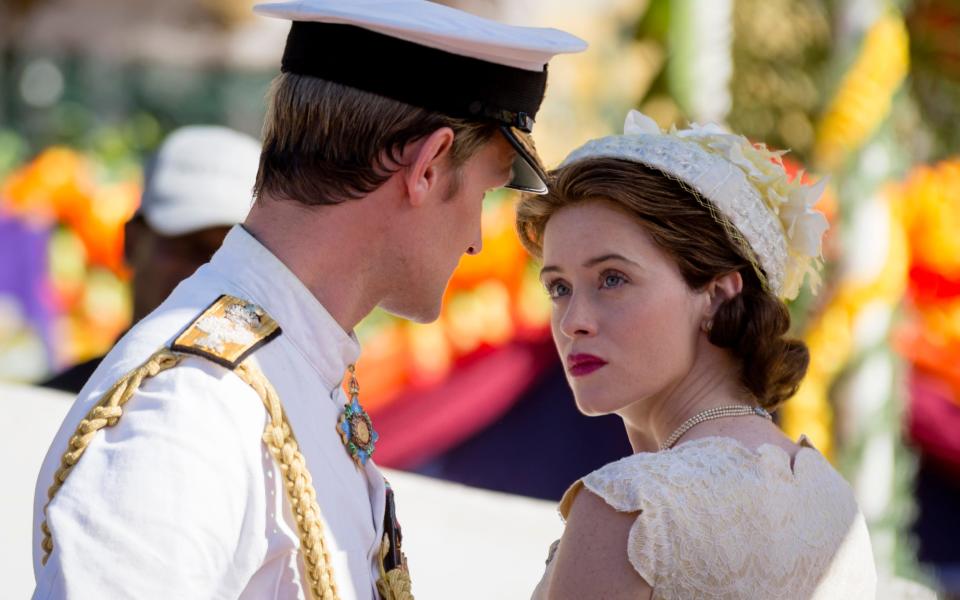
It was a considerable challenge for Foy, who was best known for her Bafta-nominated performance as another young queen, Anne Boleyn, in the BBC’s Wolf Hall, but she rose to the occasion with regal dignity and thespian brilliance alike. Over the course of the two seasons (with brief reappearances in seasons four, five and six), Foy had not only to portray the private life of Princess Elizabeth in her relationship with Prince Philip and her parents, but also convincingly suggest someone who could take on the mantle of majesty.
The key foil that she has throughout the first series is John Lithgow’s Winston Churchill, a figure who is both paternalistic and, at times, adversarial towards her. This is exaggerated for dramatic effect by Morgan, as in reality the Queen and Churchill enjoyed a warm relationship, but Foy and Lithgow – who both, deservedly, won awards for their performances – brilliantly convey a sense of mutual respect occasionally leavened with frustration, as each of the two vies with one another to obtain supremacy.
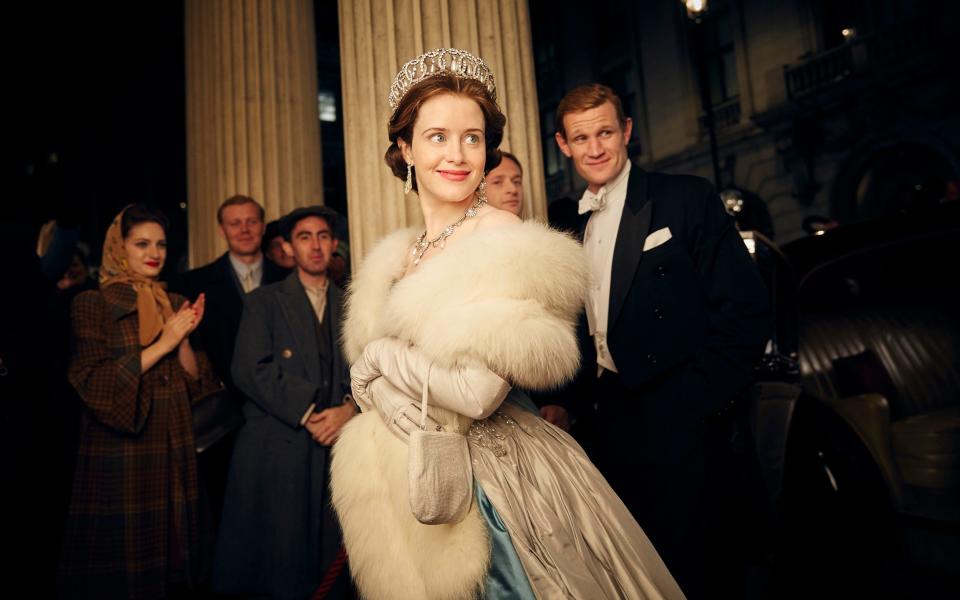
The most compelling arc of the first season concerns Elizabeth’s realisation that she must frustrate her younger sister Princess Margaret from marrying her lover Peter Townsend, thereby creating the dichotomy between duty and service that the show explores over its subsequent seasons. Foy manages to channel something of the steeliness of Cate Blanchett as Elizabeth I here, as she shows the Queen shifting from loyal older sister into implacable defender of the institution. This is then mirrored in the second season, which features some brilliant actors in compelling and original subplots (my favourite being the excellent John Heffernan as Lord Altrincham in Marionettes, a peer who dares attack the Queen for being aloof and out of touch, and is subtly but firmly put in his place by her) but also depicts the difficulties within her marriage to Philip, amidst subtle hints of his infidelity.
Foy is a magnificently subtle presence throughout both seasons, never going over the top but suggesting deep reserves of hurt and anguish with minimal dialogue, and making her character the most likeable and sympathetic incarnation of the Queen ever seen on screen. It helps that, thanks to the apparently limitless Netflix budget, her costumes and the settings are at a level of fabulousness that truly dazzle, but it’s her performance that dominates these seasons and never allows scene-stealers from Lithgow to Alex Jennings (as the Duke of Windsor) and Vanessa Kirby (Princess Margaret) to overshadow the Queen herself. And her occasional, totemic reappearances in the later seasons, used sparingly, never fail to remind us of her brilliance, either.
Olivia Colman as middle-aged Elizabeth (1964-1990)
When Olivia Colman was filming the second incarnation of Elizabeth II, she won an Oscar for her performance in Yorgos Lanthimos’s jet-black comedy The Favourite, in which she played the early eighteenth-century monarch Queen Anne. The kudos undeniably gave both Colman’s career and anticipation for the third season of The Crown a boost, which was then only partially delivered on.
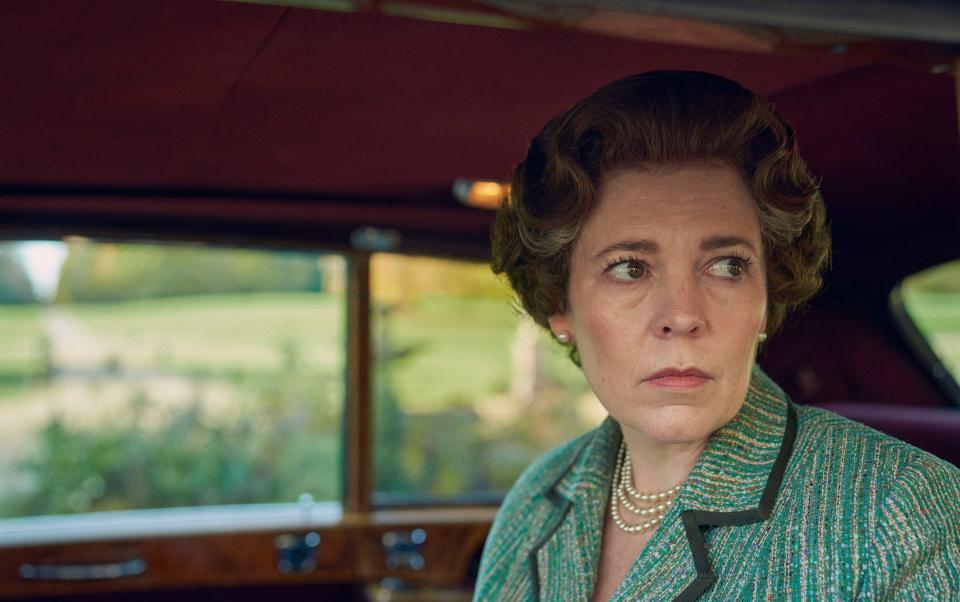
One major problem is that, after two seasons in which the Queen is the central figure who is in charge of circumstances, there is often the sense that Colman is reduced to being a passive onlooker, as in the episodes Aberfan, dealing with the notorious 1966 disaster, and Moondust, in which Tobias Menzies’s Prince Philip becomes obsessed with the moon landings, which in turn become a metaphor for his frustrations with remaining forever the prince consort, literally and figuratively trailing two steps behind his wife.
Received wisdom from Crown aficionados is that the third season stumbled but the fourth was a triumphant return to form, in no small part because of the introduction of Emma Corrin as the young Diana, evolving from a wide-eyed young ingénue to someone coming to terms with her immense public popularity. This is probably true, and certainly the writing and acting in the fourth season was sharper and more focused, not least Josh O’Connor’s brilliant performance as the young Prince Charles.
However, the problem when it came to Elizabeth II by this stage was that she began to feel like an extraneous character much of the time, and, when she was present, Colman was a good deal less likeable than the Foy incarnation of the role. (One thinks of the scene at the end of Terra Nullius in which the Queen refuses to engage with Diana’s unhappiness about her rapidly failing marriage.)
It has often been suggested that Morgan is himself a republican, or at least unsympathetic to the Royal Family, and the cold, detached presentation of the Queen in the third and fourth seasons undeniably adds weight to this argument. It is a shame, as Colman is predictably excellent in the role; yet sometimes one longs for a more human side to show itself through the thick carapace of monarchy.
Imelda Staunton as older Elizabeth (1991-2005)
It was suggested that Helen Mirren would return to reprise her role as the Queen in these final two seasons, which she had played to great acclaim on film and on stage, in Morgan’s play The Audience. Netflix boss Ted Sarandos persisted in trying to woo her, although he admitted, “[I] never could tell how much of it was real and how much of it was kidding between us all”, and when he ran into her at a film festival in 2015, literally threw money at her, saying “You know, it’s inevitable that you’re coming back to do this, right?”
Mirren, however, was uninterested in becoming the go-to actress who played the older Elizabeth II, and so the estimable Imelda Staunton was cast instead: amusingly, she had played the part of the Queen Mother in the 2003 espionage drama Cambridge Spies.
It is unfortunate that, right up until the last episode of the final season, Staunton is sidelined with the show’s shift into an ensemble piece. In the fifth series, she was competing with Elizabeth Debicki’s Princess Diana and, to a lesser extent, Dominic West’s Prince Charles, and in the sixth, the aftermath of Diana’s death and William’s emergence into the spotlight mean that Staunton – who is predictably fine in the role – has a great deal less to do. Unfortunately, she is mainly reduced to standing around looking stern, before showing a more vulnerable side in her private moments with Jonathan Pryce’s crusty Prince Philip. Tellingly, the tear-jerking episode Ritz, exploring the end of Princess Margaret, again suggests that in death, as in life, the more glamorous sister stole the show.
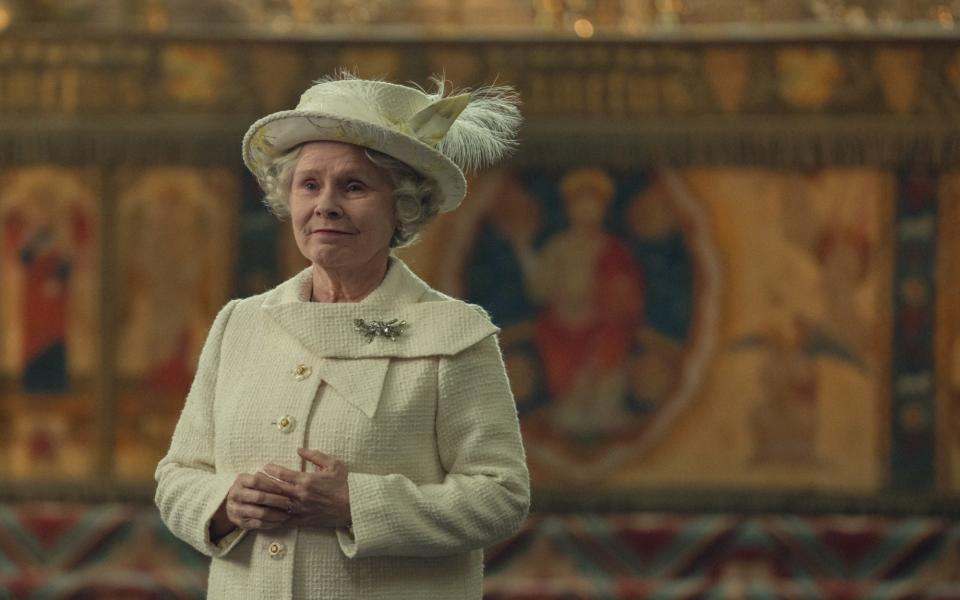
When she finally comes into her own, in the series six finale Sleep, Dearie, Sleep, as she considers a decision to abdicate in favour of her son – a piece of complete fiction – and wonders what might have been if her entire life had not been dominated by her regality, as well as looking forward to her own mortality, it’s hugely effective, but many will regard it as too little, too late. Staunton has always excelled at underplaying her characters, as anyone who has seen her in Vera Drake and the Hitchcock drama The Girl would know, and she brilliantly captures the Queen’s sense of quiet disappointment and wounded pride. But Staunton’s incarnation of Elizabeth II is neither matriarchal or – for the most part – especially regal, meaning that, for most, she will end up being an interesting afterthought to the other two performances, rather than a dynamic character in her own right.
And the winner?
It has to be Foy, with Colman as the runner-up and, alas, Staunton trailing in third place. Not only does she have the best scripts, finest couture and the most interesting dramatic arc, but she manages to age convincingly from naïve 21-year old to seasoned 38-year old monarch. Foy shows the ruthlessness that she has to display on occasion, but never makes her regal character anything other than sympathetic. Send her victorious, indeed.
The Crown is on Netflix now


